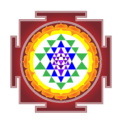Cuisine- Coastal Karnataka
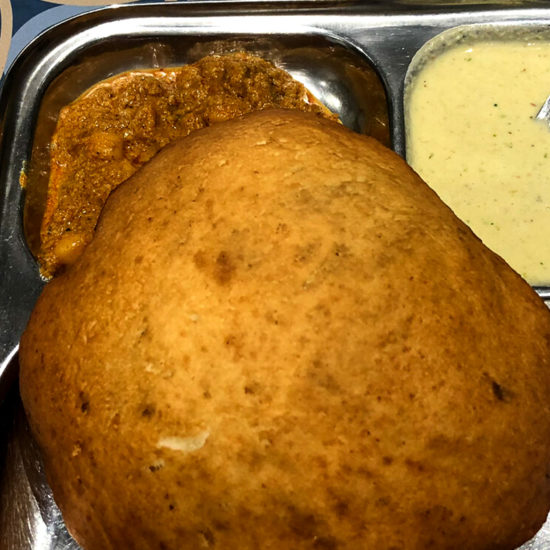
Mangaluru Banana Bun is a sweetish quick bite snacks popular in coastal Karnataka. Banana bun is made from mashed ripe bananas, flour and sugar. Banana bun is a must try delicacy while visiting coastal Karnataka. Banana bun may also be referred to as Banana Poori. How is Banana Bun made: Fully ripened banana is selected, smashed and sugar is added for extra sweetness. Curd (Yoghurt), Salt, Cumin seeds, and baking soda are added to the smash. This smash is mixed with wheat flour or all purpose maida flour and dough is made. The dough is allowed to ferment overnight. Small portions of the dough are taken out and deep fried in hot oil. Once the bun turns brown, it is taken out from the frying pan and allowed to cool a bit before serving. Served with: Banana bun is served with ‘sagu’- a curry made from potato and carrot. Chutney is also a regular companion for Banana Bun. Where to get Banana Bun: Banana Bun is readily available in most restaurants and bakeries in coastal Karnataka cities such as Mangaluru, Udupi, Kundapura, Karkala etc. In other cities, one may use food delivery apps to locate a nearby restaurant that may be serving Mangaluru Banana Bun.
Goli Baje
Goli Baje is a popular Coastal Karnataka snack item. Goli Baje is also referred to as Mangaluru Bonda as it is believed to have originated in the coastal city of Mangaluru.
Goli Baje is light and fluffy. It is crispy outside and soft inside. Goli Baje is made out of maida flour, with added ingredients such as curd, coconut gratings, coriander, ginger and curry leaves. Flour mix is allowed to ferment to get a tangy flavor. Baking soda/sour curd might be used as an alternate for quicker preparation. Small balls made of this flour mix are fried in a pan till the outer layer turns brown. Goli baje is easy to prepare because of simple ingredients and cooking process.
Goli Baje is served with coconut-coriander chutney. A typical plate of Goli baje comes with 4-5 small units of Goli baje, hence it is very convenient to share with friends. A cup of coffee or tea goes very well with goli baje as evening snacks. Goli baje is purely vegetarian and best consumed when it is still hot.
Where to get Goli Baje: Most restaurants and eateries in Coastal Karnataka serve Goli Baje during evening hours. Goli Baje is also likely to be available at various Udupi restaurants across the state.
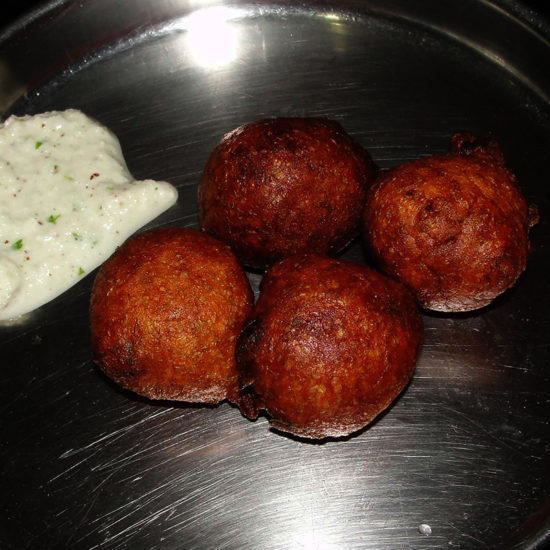
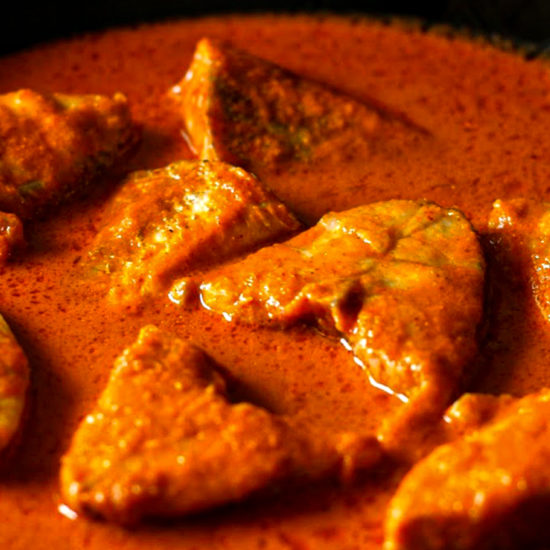
Mangaluru Fish Curry
Mangaluru Fish Curry is a popular non vegetarian dish in Coastal Karnataka. Made with locally sourced fish and spicy masalas, Mangaluru Fish Curry is a must try cuisine for anyone who loves fish.
How Mangaluru Fish Curry is made:
Type of fishes used: Bangude (Mackerel), Boothayi (Sardine) and Kane (Lady Fish), are the popular fish varieties found in the Arabian sea and hence available in coastal Karnataka’s fish markets. These are the popular fish varieties used to make Mangaluru Fish Curry. Kane Rava Fry or Kane Naked Fry is comparatively famous and consumed regularly in the Mangaluru belt and is definitely one appetizing dish to eat.
- Ingredients: Tamarind, Fish, Coconut, onion, chili, coriander, oil etc
- Preparation: Onion, chilli, oil etc are heated and induced with tamarind extract, coconut, chili, coriander etc. Water is gradually added and marinated fish slices are dropped into the vessel. Upon boiling fish curry is ready to serve. Coconut milk, salt, coriander leaves etc are added to taste. Alternatively readily available fish curry masala is also used.
- Served with: Mangaluru Fish Curry is often served as accompaniment to main items such as Neer dose and rice (particularly boiled rice),
Where to try Mangaluru Fish Curry:
Mangaluru Fish Curry is served in most ‘non-vegetarian’ restaurants in Coastal Karnataka- Dakshina Kannada, Udupi and Uttara Kannada restaurants. Restaurants in Bengaluru and other cities that specialize in seafood also often serve Mangaluru Fish Curry. One may use online food delivery applications to locate a nearest restaurant which may be serving Mangaluru Fish Curry.
Neer Dosa
Dosa is served in several varieties- Masala Dosa (Dosa served with Potato mash), Set Dosa (a set of two or three thicker dosas served with vegetable curry), Plain Dosa (Dosa without any add-ons) are some of the most popular varieties of Dosa that can be had in Karnataka.
Neer Dosa is a coastal Karnataka delicacy. Neer Dosa literally translates to ‘Water Dosa’. Neer Dose is a dosa variant made out of batter made from soaked rice (no fermentation unlike regular Dosa or Idli). After a few hours of soaking, rice is grounded to make Neer Dose batter. A bit of salt is added for taste.
Neer dosa is often served with Kai-hoovu (Jaggery + Coconut Gratings) or vegetable curries and chutney. Non-vegetarian dishes such as Kozhi Saaru(Chicken Gravy) can be opted as a great accompaniment with Neer dose. It is also accompanied with a non-vegetarian Kodava cuisine as well.
Where to find Neer Dosa
Neer Dosa is readily served in most restaurants of Coastal Karnataka districts- Udupi, Dakshina Kannada and Uttara Kannada (South & North Canara) and in some Malenadu districts such as Shivamogga and Hasan. Neer Dosa is priced very affordably and helps quench hunger pangs as well as taste buds. It is also available in select restaurants of Bengaluru specializing in coastal Karnataka food.
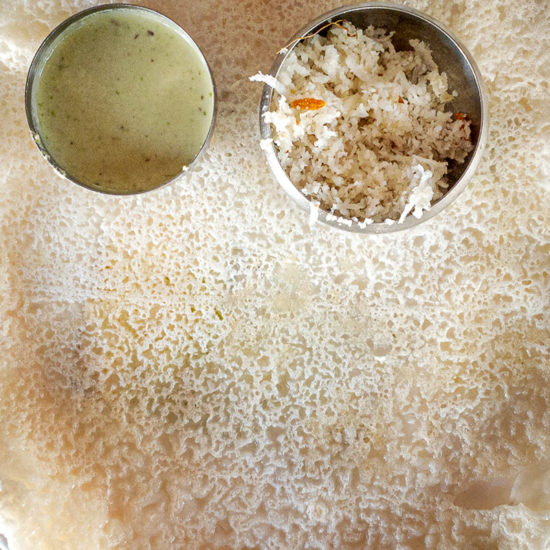
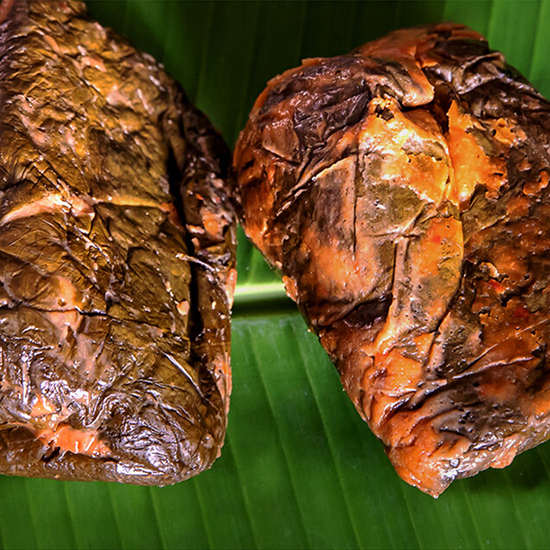
Patrode
Patrode is a unique coastal Karnataka dish made from colocasia leaves. (Kesuvina ele in Kannada)
Preparation: Colocasia leaves grow generously adjacent to water streams in Coastal Karnataka. Colocasia leaves are carefully selected for use in Patrode. Only trained eyes can locate the right kind of leaves to be plucked- not too young, not too ripe.
Once selected colocasia leaves are cleaned, a layer of rice flour, urad dal pre-mixed with spices, tamarind and jaggery is applied on top of the leaves. Multiple layers of leaves and rice flour mix are stacked one above another. Then the leaves are rolled and steam cooked in large vessels.
Itchy Nature: Untreated colocasia leaves are not to be consumed raw. Even when used in Patrode after baking, colocasia leaves tend to induce a sense of itchiness on the tongue. To minimize the impact of itchiness, coconut oil and jaggery are used generously while consuming Patrode. Default taste of Patrode is sour in nature but use of adequate jaggery often gives a sweetish flavor.
Patrode is served either in its original form- colocasia leaves rolled in rice flour and baked or in a crushed form-broken into smaller pieces and served in a bowl like other conventional dishes.
Where to get Patrode:
Patrode is served in several restaurants in Coastal Karnataka cities such as Mangaluru, Udupi, Kundapura.
In Bengaluru several eateries specializing Coastal Karnataka cuisines – such as Woody’s in Commercial Street, Mangalore pearl in Halasuru, Karavali restaurant in Residency Road, Namma Kudla in Malleshwaram are the popular outlets.

